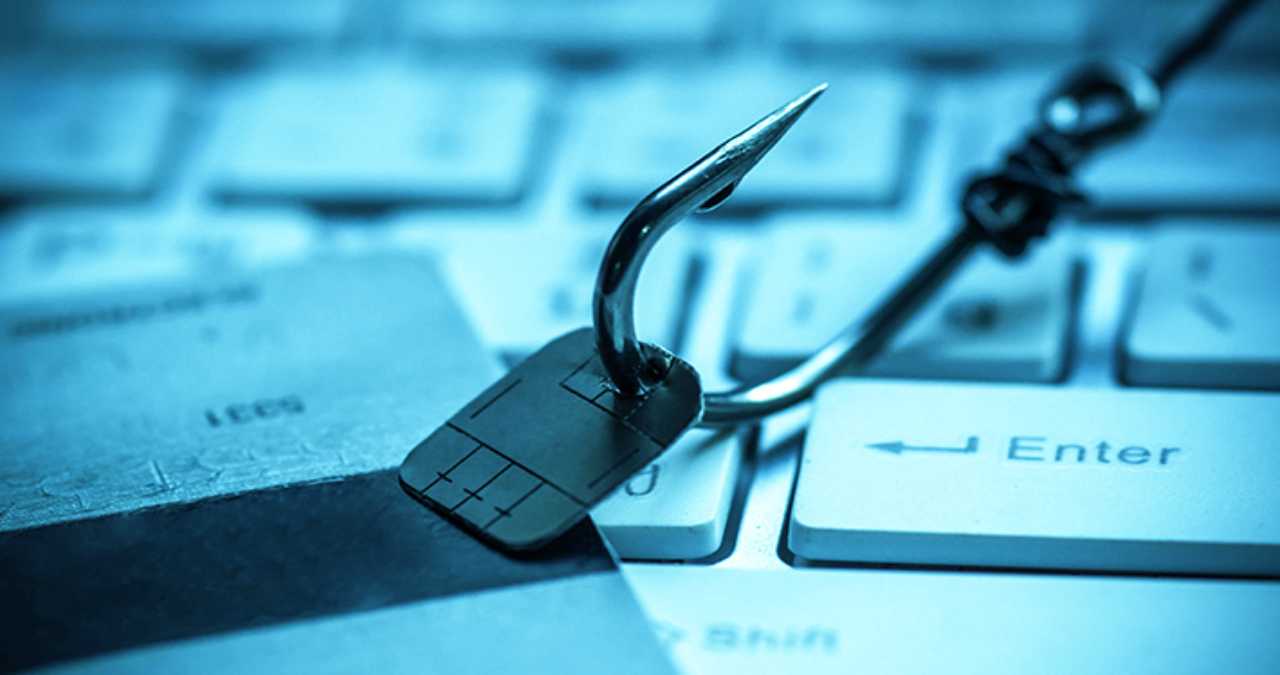Phishing is one of the biggest security problems that need to be tackled, especially with online banking. The security mechanisms are evolving, but the criminals are not standing still either. The right software can further increase protection against phishing. We will show you this using the example of a selected program.
The economic damage caused by phishing is increasing almost every year. The amounts that are stolen by criminals in the billions go into the billions. The security mechanisms for users are constantly increasing, but the criminals are not standing still. Therefore, effective protection can usually only be achieved in several ways.
What is phishing?
- Phishing describes a method in which sensitive data is tapped through a deception. In the case of online banking, the procedure is almost always the same.
- Those affected will receive an email that is said to come from their own bank. What is striking about these e-mails is that they do not contain a specific salutation. The recipient is informed in the email that it is important to log in to the bank’s website for important reasons.
- The catch: The link to the bank and the website shown are fake. In truth, it is a website generated by criminals to steal data.
- The users should then usually provide their login details and PIN on the website. Then you should enter several TANs. The old TAN procedure was extremely poor.
- The new method of chip TAN is much safer here. But there are still security gaps. For example with the mobile-TAN process. Real protection therefore usually only comes from a combination of common sense, the right TAN procedure, and vigilant software.
Also Read: Who Is Legally Responsible For Cybersecurity?
Safepay also protects you from phishing
The integrated Safepay browser in Bitdefender Internet Security 2013 also protects you from harmful attacks. It is a browser that works without additional plugins. The advantage of this system: Any security gaps in plugins have no chance at Safepay.
In addition, the browser secures the entry of sensitive data such as your account number or secret numbers when you visit websites.
How can I protect myself from phishing?
There are some basic tips to protect yourself against phishing as effectively as possible. Ultimately, the best mechanism and the safest software are of no use if you, as a user, act carelessly. Therefore, note the following security aspects:
Update browser
Even if updates seem boring and not necessary, you should always keep your browser up to date. Even if this appears to be superfluous through the use of your browser can still be the gateway for other malware.
Security certificates
Check the security certificates of a visited website. This step is actually superfluous but should be used when using the regular browser.
Do not click any links
Did you receive an email with a direct link to your bank? Do not click this link. Always enter the address by hand, even if it stops you for a few seconds.
Secure connection
Make sure that you see an “https: //” in the address bar of online banking. Only then will you surf with a secure connection.
JavaScript
Be careful with JavaScript in your browser. Since many websites use JavaScript, deactivation is usually not possible without losing functionality.
Healthy distrust
Something is not going the way it has always been? Then be suspicious. After all, it’s about your money. If the bank website suddenly looks completely different, please cancel the process.
Also Read Cybersecurity And 5G: These Are The Challenges That Come




